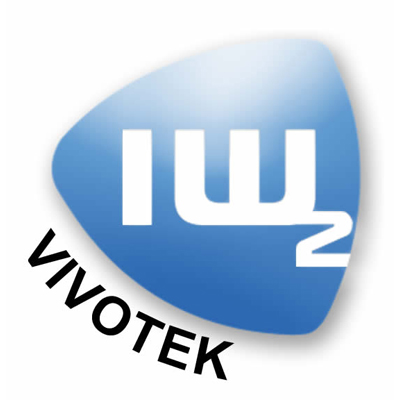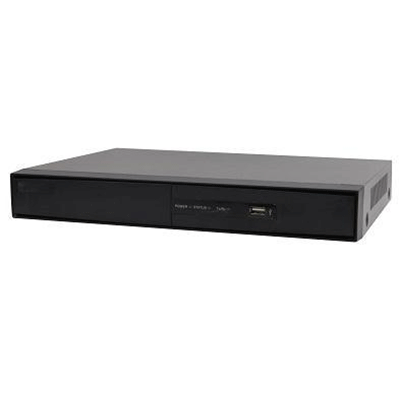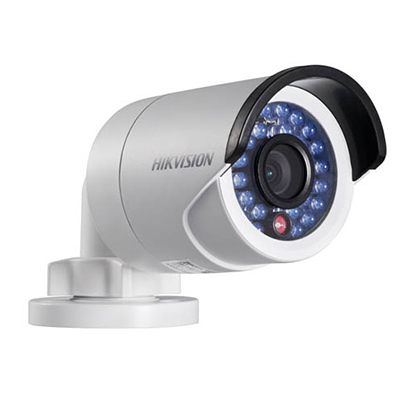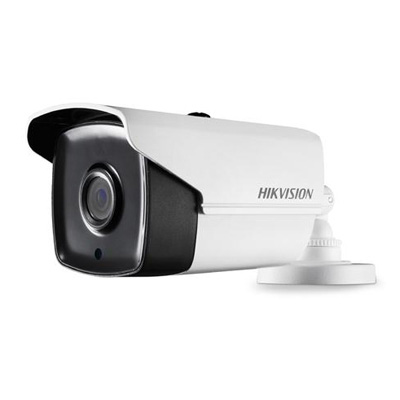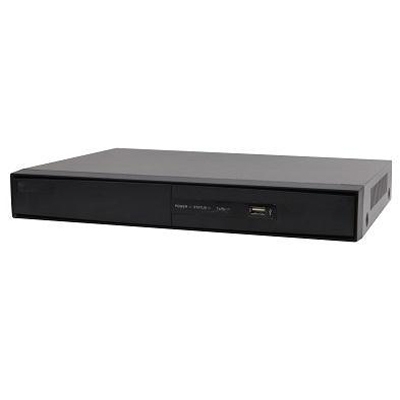SoleraTec LLC, a provider of innovative video lifecycle management and storage products, introduces the new Phoenix Thunderbird™ video surveillance appliance. Built upon the Sans Digital™ brand of storage hardware, the new SoleraTec Phoenix Thunderbird family of video surveillance appliances delivers a professional-grade surveillance video management solution in an all-in-one appliance, also known as a network video recorder or NVR.
This new SoleraTec Phoenix Thunderbird video surveillance appliance provides a cost-effective, scalable solution for small and medium sized businesses. The entry-level Phoenix Thunderbird 1100 NVR is ideal for home use. The robust Phoenix Thunderbird 8300 provides professional features and pay-as-you-grow scalability. The Phoenix Thunderbird line of video surveillance appliances is an all-digital IP-based surveillance platform with ideal support for megapixel IP-cameras from over 185 IP-camera manufacturers.
Expanding the traditional video surveillance appliance by delivering the longest video retention periods, the new enterprise Phoenix Thunderbird 8300 –with integrated digital data tape storage– working together with the onboard 14-terabytes of online storage provides ultra quick search and playback of months and months of recorded video at the highest resolutions.
“These new Phoenix Thunderbird video surveillance appliances represent a significant step forward in simplifying the overall usefulness of a surveillance video management solution and also showcases how SoleraTec can provide organizations with true value,” stated Mark Armstrong, CEO of SoleraTec. “Throw in total cost of ownership savings and long-term video retention capabilities and these new appliances deliver a superior video surveillance solution.”
The Phoenix Thunderbird NVR appliances come in three models:
Phoenix Thunderbird™ 1100
Intuitive Phoenix RSM software for simultaneous live viewing and recording of up to four (4) channels/IP-cameras in a compact chassis design. The cost-effective operation of a complete video surveillance appliance comes preloaded with the operating system and Phoenix RSM surveillance video management application pre-configured for quick and easy plug-and-play operation and dependability. The Phoenix Thunderbird 1100 has a 2-Terabyte hard drive for video retention. The Phoenix RSM cross-platform client application allows for intuitive live viewing, easy searching of recorded video, and system administration with the free Phoenix RSM client software on Windows and/or Macintosh computers.
Phoenix Thunderbird™ 4100
When additional IP-cameras are needed and additional video retention is desired, the Phoenix Thunderbird 4100 provides support for up to 10 IP-cameras with up to 4TBs of storage capacity. This unit also supports any RTSP / ONVIF IP-camera from over 185 IP-camera manufacturers and has an unlimited allotment of client seats on PC and Mac computers for live viewing and video searching.
Phoenix Thunderbird™ 8300
This appliance is a 3U rackmount based system delivering 14TB storage capacity for longer-term surveillance retention while supporting up to 24 RTSP / ONVIF enabled IP-cameras per unit, including multi-megapixel cameras for high definition recording. Automatic IP-camera searching allows for simple installation as well as fast deployments. Unlimited Phoenix RSM clients for PC and MAC computers allows for simultaneous live viewing of up to 16 cameras in one matrix with ultra fast searching and retrieval of recorded video. Relevant searching of recorded video via user-customizable metadata fields allowing for ultra fast video retrieval. Marketed segments of desired video can then be exported with complete chain of custody. Additional integration with Milestone, OnSSI, and SkyPoint (optional license required) deliver exceptional video retention expansion units.
The Phoenix Thunderbird 8300 is also equipped to generate low-resolution companion files of the recorded video, allowing for instant search and playback of relevant video. These low-resolution companion files remain on hard disk storage while the associated –unaltered– original video can be migrated to additional near-line or offline storage devices, all managed for quick access and playback by the Phoenix RSM system, delivering the lowest cost of ownership of any video surveillance system.
The Phoenix Thunderbird family of NVRs are designed to meet the needs of customers who desire a turn-key solution for IP video that is cost-effective, easy to deploy, and dependable.
"Integrating the Phoenix RSM surveillance video management software into our Sans Digital NAS hardware delivers the best-of-breed video surveillance appliances customers are demanding," said Grandy Chen, President of Sans Digital. "Price, performance, and unequaled protection are built into every appliance."
Pricing and Availability
The SoleraTec Phoenix Thunderbird family of NVR appliances begun shipping at the ASIS 2012 expo and will be available through select SoleraTec security resellers and integrators. Phoenix Thunderbird 1100 pricing starts at US$899.00. IP-cameras sold separately.








